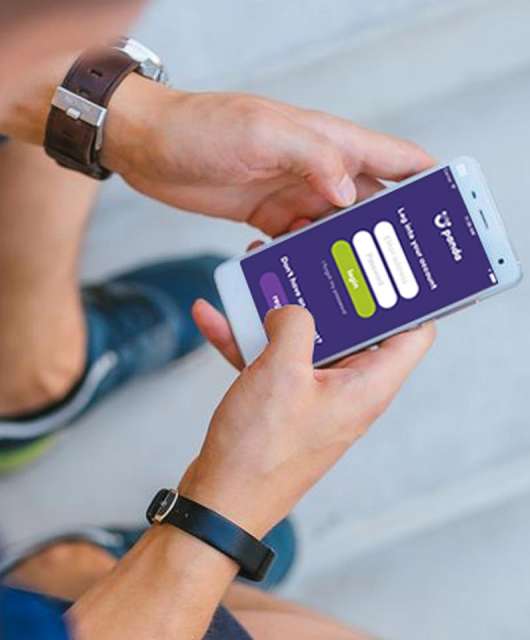The National Security Agency (NSA) has issued a mobile device best practice advisory with one often overlooked recommendation. The intelligence agency wants smartphone and tablet users to turn devices off and on at least once a week. According to the government pamphlet, the recommendation could prevent hackers from infecting the devices with malware or making the most of already installed malicious code. NSA says that the practice could also help avoid zero-click exploits.
How does turning smartphones on and off help users avoid malware and zero-click exploits?
NSA researchers have a reason to believe that restarting a device can affect the operations of some types of malicious codes running on a smartphone or tablet. Apple and Android users who turn the smart devices on and off at least once a week are more likely to interrupt the action on any malware that might already be present on the device. Rebooting the devices, a simple process that clears the memory, could sometimes result in preventing the malicious codes from continuing to operate.
Weekly rebooting is a common practice for computers and Macs. Operations systems like Windows often integrate weekly reboots into their security systems. The reboot gives computers a chance to install any pending software or driver updates. Turning a device on and off helps it maintain a healthy computing environment. Smartphones and tablets are also computing devices. So knowing that those must be turned off from time to time should not be a shock.
A simple restart does not solve all the problems, but the practice appears to be helpful. However, not all device restarts are the same. It is essential to learn how to restart a device correctly, as often turning it on and off isn’t enough, as some device components remain on even while the device seemingly appears to be off.
How to perform a soft reset
If users want to be sure they get the most out of our smartphone or tablet, they should perform a soft reset. The last few generations of Apple products can be fully rebooted by quickly pressing the volume up button, followed by rapid press of the volume down button. And then finishing the soft reset by holding the power button until the white Apple logo appears on the black screen.
The procedure for soft reboot of Android devices varies but it often is just holding the power button for a long time until the device turns off. These soft power cycle actions, known for their effectiveness and safety, are healthy for mobile systems and do not erase any data from a phone or the settings and apps.
Powering a smartphone on and off is certainly helpful, but it’s important to install antivirus software. This additional step can significantly enhance your device’s security. Making it more hostile to hackers and malicious files that may be lurking around, trying to infiltrate your digital life.







